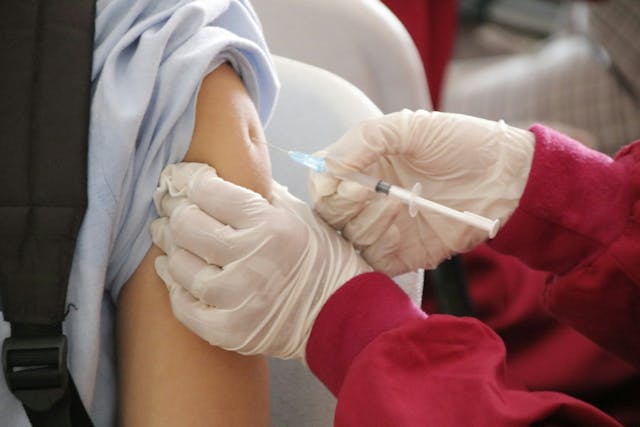The share of electricity from renewable sources decreases at the beginning of 2025

Zbynek Burival, Unsplash
In the first quarter of 2025, the share of electricity generated from renewable sources in the EU fell to 42.5 per cent, down from 46.8 per cent in the same period in 2024. This drop of 4.3 percentage points was the first notable decline in recent years and signals the fragility of Europe's energy transformation, especially in the context of climate and geopolitical challenges.
The main reason for the decline was a sharp drop in generation from hydroelectric power plants and wind farms. These two key sources of green energy fell from 260.5 TWh to 218.5 TWh in one year. This was a major blow that could not even compensate for the increase in solar generation from 40.9 TWh to 55 TWh recorded in the same period.
Against the backdrop of a general decline, some countries have managed to not only maintain but also demonstrate impressive performance. Denmark leads the ranking with 88.5 per cent of electricity from renewable sources. It is followed by Portugal (86.6 per cent) and Croatia (77.3 per cent). These results are partly due to robust national wind and hydro strategies as well as strong infrastructure investments.
On the other hand, the worst performance was recorded in the Czech Republic (13.4%), Malta (14.4%) and Slovakia (15.1%). The decline was particularly sharp in Greece (-12.4 p.p.), Lithuania (-12.0 p.p.) and Slovakia (-10.6 p.p.). This raises questions about the reliability of national energy policies in the face of natural fluctuations.
In the first quarter of 2025, the share of wind power in the renewable generation mix was 42.5 per cent, hydropower 29.2 per cent, and solar 18.1 per cent. The remaining 9.8 per cent came from combustible renewable sources (biofuels) and geothermal energy contributed only 0.5 per cent. Despite the steady diversification, it is clear that wind and hydro resources remain critical - their seasonal or climatic fluctuations are instantly reflected in the overall statistics.
It is important to realise that the Eurostat data refers to the share of renewable energy in net generation, not in total consumption, which makes the comparison with other indicators (e.g. the RED Directive targets) not quite straightforward. In addition, the new methodology excludes "net pumping" to hydropower plants, which also slightly reduces the share of hydropower compared to previous publications.
The overall decline can be attributed to weather conditions - reduced precipitation and wind activity - which affected generation. However, experts warn that the EU cannot rely solely on nature and needs stable investments in energy storage technologies and the development of sustainable sources that are less dependent on seasonal factors.
The observed decline is a wake-up call for European green policy. Even with growing solar generation, the EU cannot yet guarantee a stable share of renewables without reliable mechanisms to compensate for declines in other sources. Preventive measures, including large-scale investments in energy storage, grid modernisation and the development of geographically diversified capacity, are increasingly necessary to avoid dependence on weather conditions.





